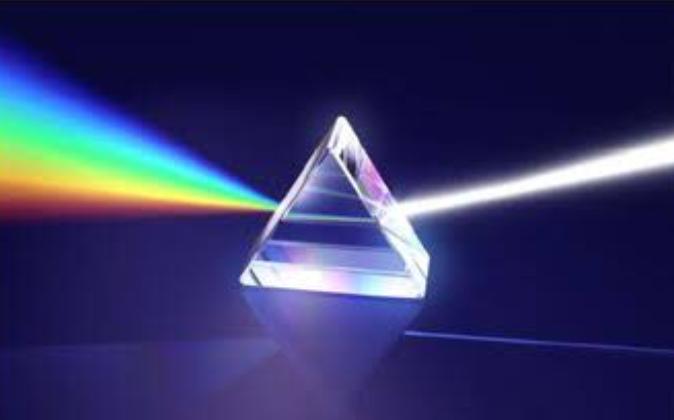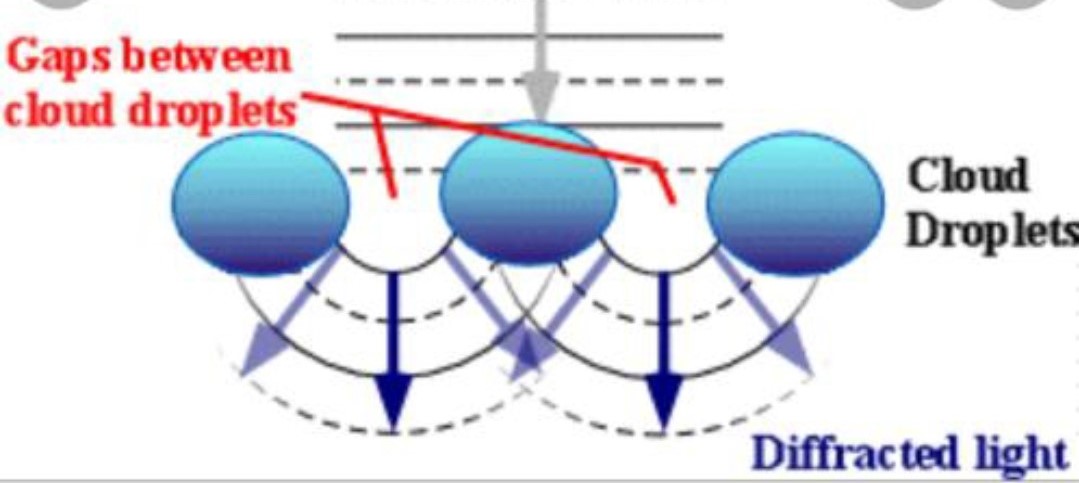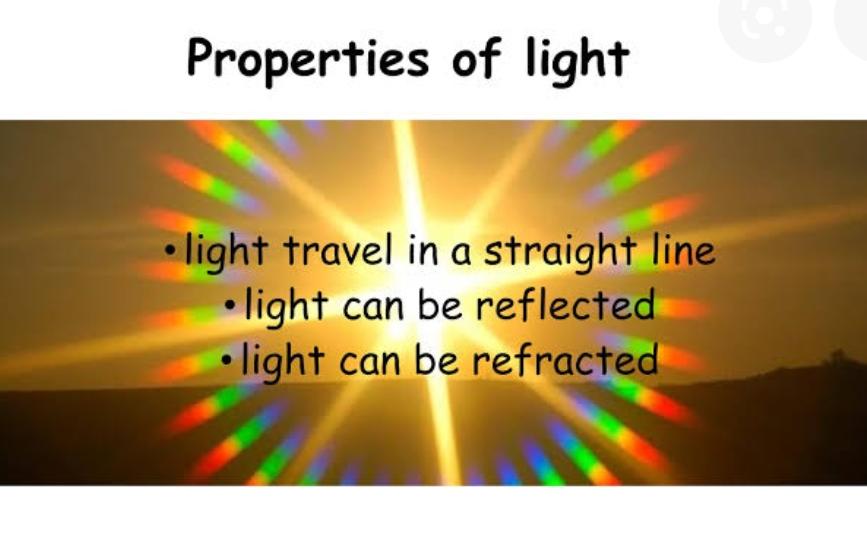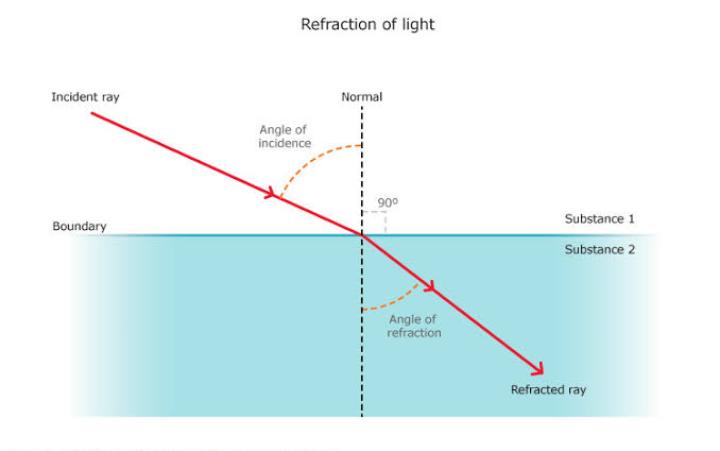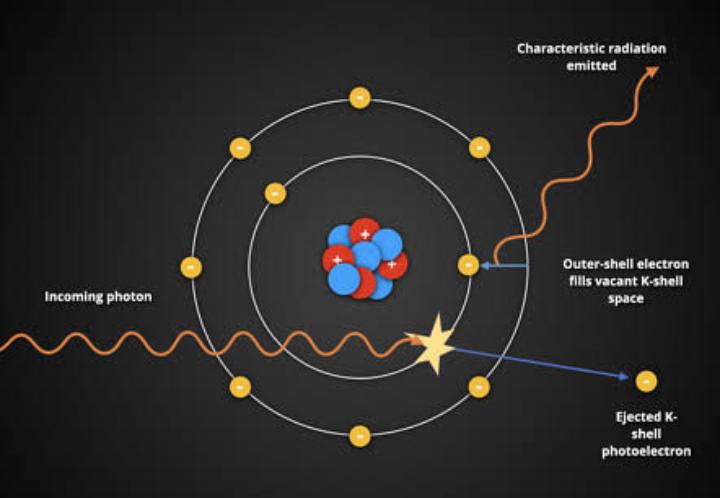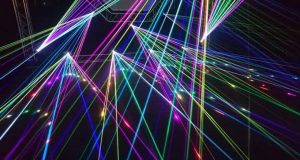Optics is the branch of Physics that studies the behaviour and properties of light.
Physical optics is the study of the web properties of light.
The physical optics divided in to categories
(i) interference
(ii) diffraction
(iii) polarization
Interference
When two person try to do the same job, they are said to interfere with each other’s work. They may help or oppose each other. A ray of light (wave motion) imports some amplitude to the particles of medium.
In the event of two rays travelling through the medium, simultaneously the particle will be subjected vibration from both to them.
The displacement of the particle gets modified. The rays are said to have interfered to each other.
The modification in the distribution of light energy obtained by Super position of two or more waves called Interference.
Principle of superposition
Let the two waves represented by —–
y1=a sin 2π/λ (vt)
y2=a sin 2π/λ(vt+x)
a= amplitude of each wave
λ= wave length of each wave
v= velocity of each wave
x= path difference between the two rays reaching the point of observation from the two sources S1 & S2.
Now,,
y= y1 + y2
=a sin 2π/λ (vt) + a sin 2π /λ(vt+x)
=a [ sin 2π/λ.vt + sin 2π/λ(vt+x) ]
y= R sin 2π/λ (vt+x/2)
This represents SHM having amplitude ——
R= 2a cos πx/λ
‘R’ depends upon the position (x) of the particle, but it is independent of time.
∴ I∝R²
Maxima: A point having maximum intensity is called a maxima.
I is maximum if x= 2n (λ/2).
Minima: A point having minimum intensity is called minima.
I is minimum if x=( 2n+1)λ /2.
Interference of rays from two sources is due to their superposition. The interference may be constructive or destructive.
(1) Condition for constructive interference —–
Path difference = (2n) λ/2
Phase difference = (2n) π .
(2) Condition for destructive interference —–
Path difference = (2n+1) λ/2
Phase difference = ( 2n+1) π .
λ= (wave length of each wave) .
Diffraction
It is simply any deviation from geometrical optics, resulting from the obstruction of a wave front of light by some obstacle or some opening
In generally diffraction occur when light waves pass through small openings, around optacles or by a sharp edges.
The spreading of waves around obstacles. The phenomenon is the result of interference.
Example of diffraction of light which we are used in daily life –
(i) closely spaced tracks on a CD or DVD act as a diffraction grating to form family Rainbow pattern seen when looking at a disc.
In daily life we are also used diffraction of light –
° CD reflecting Rainbow colour
° Holograms
° sun appears red during sunset.
° From the shadow of an object
° Bonding of light at the corners of the door
° Spectrometer
° X-ray diffraction
° To separate white light
If you want to see the diffraction of light taken a examination –
For the examination, required –
(i) Candle
(ii) Small bright flashlight bulb
(iii) Aslit made with two pencils
The diffraction pattern of dark and light created when light bends around and edge or edges shows that light has wavelike properties.
The diffraction of light is not easily seen because
The size of obstacle or apperture is of the order of wavelength of the Waves.
As per wavelength of light (~10-6m) is much smaller than the size of the objects around us.
So diffraction of light is not easily seen.
IMPORTANT NOTES
(1) Main difference between interference and diffraction is that while in interference, we consider composition of light waves from two different (but co- herent) sources and in diffraction we consider interference of two waves from different parts of same source.
(2) Interference bands are equally spaced while diffraction bands are unequally spaced.
(3) There is a sharp contrast between a maxima and a minima in case of interference while the contrast is not so sharp in case of diffraction.
Q.1– light and sound, both web motion and both exhibit diffraction (bending round the cornea). we can hear sound of a person standing on other side of partition but we cannot have light from a source of there .why is this difference in in behaviour ?
Ans:- wave – length of light is Much smaller(10–⁵cm) then that of sound (a few tens of centimetres). Therefore light bends to a smaller extent as compound to sound.
Q.2- if we look at the sun through narrow eye lids we see colors. why is it so?
Ans:- sunlight contains seven colors ranging from violet to red. When sun rays pass through hair of eyelids, diffraction of light takes place at the hair. Different bands through different extent, thus causing the splitting up of constituent colors .
Q.3- How do you interpret diffraction of light in terms of interference ?
Ans:- Diffraction can be interpreted as the interference of light rays starting from the different parts of a single source.
Q.4:- What is importance of Diffraction at a single slit in the study of optical instrument ?
Ans:-in case of equal instrument (telescope and microscope) lens are fitted in metalic tubes. As reasons of light pass through the the emergent beam. Causes the effects of diffraction at a single slit. Thus , in order to have the correct information about the image formed in such case we must no the the phenomenon of diffraction at a single slit.
EXAMPLE:- A plane wave of wavelength 5893×10–¹⁰ m passes through a slit mm wide and form a diffraction pattern on a scream plays on the focal plane of a lens focal length 1 metre. Calculate the separation of the first dark band on other side of the focal Maxima.
POLARISATION
We have studied two types of wave motion , transereve wave motion and longitudinal wave motion . Both these types of motion show the phenomenon of reflection , refraction , diffraction and interference. This means that these can’t be differentiated on the basis of these properties. Polarisation is the phenomenon which establishes a distinction between them .
Important notes
(1) polarisation is the property of transereve waves only . It is not shown by longitudinal waves.
(2) plane of polarisation does not contain any component of vibration in it.
(3) Extent of polarisation by reflection is maximum if the light is incident at polarising angle
(4) Tangent of polarising angle is equal to the refractive index of medium upon which the light is incident.
(5) In double refraction , the two beams are polarised in mutually perpendicular planes.
In case of double refraction we have two rays polarised in planes mutually perpendicular to each other. One of the two rays obeys Snell’s law while the second law does not. Therefore the ray which obeys the Snell’s law is called ordinary ray while the second which does not is called extra ordinary ray
Fishermen make use of polarised glasses to spot the fishes in water
- Polarised glass also used to reduce of glare of headlight of the cars
Polarisation is used in the sunglasses to reduce the glare
3D movie are produced and shown with the help of polarisation .

